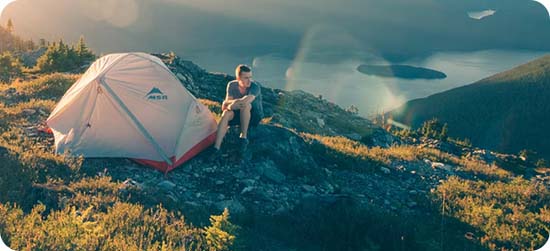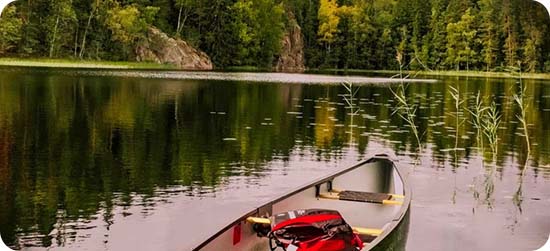Browse RV Parks by State
RV Parks
Are you planning a local, cross-country, or intracontinental recreational vehicle (RV) trip? If so, you’ll need to park your motor vehicle or trailer to “recharge” before hitting the road again
areaguides.net provides information from thousands of manually verified listings from the United States and other countries. We strive to provide visitors with up-to-date information.
What Exactly Are RV Parks?
An RV park is a tract of land on which multiple self-contained recreational vehicles can park. It may also include buildings, structures, vehicles, enclosures, or roadways.
Top North American RV Parks
Here are some top RV Parks in North America
RV Parks By U.S. State
Here are some U.S RV Parks:
- Wyoming: Rawlins KOA
- South Dakota: 24 Express RV Campground
- Oklahoma: Twin Fountains RV Park
- North Carolina: 4B Farm & Campground
- New Mexico: Bonito Hollow RV Park & Campground
- Nevada: Lakeside Casino RV Park
- Montana: Big Hole River RV Park
- Minnesota: Shooting Star RV Park & Casino
- Minnesota: Beaver Trails Campground
- Maine: Skowhegan – Kennebec Valley KOA
Best U.S. Luxury RV Parks
Some top luxury RV parks throughout the U.S. include:
Mexico
The top RV parks in Mexico include:
- San Jose del Tajo Resort Trailer Park (Guadalajara, Jalisco)
- Club Roca Azul (Jocotepec, Jalisco)
- Villa Patzcuaro (Patzcuaro, Michoacán)
- Coconutz RV Park (Cuyutlan, Colima)
- Sol Tierra RV Park (La Penita de Jaltemba, Nayarit)
Canada
The top RV parks in Canada include:
- Liard River Hot Springs Provincial Park (British Columbia)
- River Valley RV Park (Saskatchewan)
- Kawartha Trails Resort (Ontario)
- Camping de la Joie (Québec)
- Sandy Pines Campground (Kennebunkport)
- RayPort Campground (Nova Scotia)
Common Amenities to Expect at RV Parks
Typical amenities at RV parks include:

How Much Do Daily Stays at RV Parks Cost?
The daily price for camping at an RV park generally varies from $5 to over $50. The average cost may be $20 to $30 per night.

How Much Does Living in a Nearby RV Park Cost?
The cost may vary from $500 to $1,200 per month based on various factors.
Who Typically Stays at RV Parks?
Here are reasons to consider staying at RV parks:
- Room to move around
- No packing light required
- Lower travel fund
- Enjoy campfires
- Fun activities
- Cook your own food
- Meet new people
- Enjoy the journey
How to Choose the Best RV Park
You should consider these factors when selecting an RV park:
- Personal preferences
- Affordability
- Location
- Online presence
Main Types of RV Sites
Types of RV sites include:
- Back-In RV Sites: Offer 60-degree slant and wide clearance
- Pull-Thru RV Sites: Allow campers to drive straight through the site and park large RVs
- RV Site With Patio: Provides a spacious patio
RV Park vs. RV Campground: What’s the Difference?
Here’s how RV parks and RV compounds differ:
Vs.
RV Parks
RV parks are often located in towns or slightly outside towns. They typically offer nightly rates and sometimes weekly or monthly rates. RV parks may also provide showers and restrooms, Wi-Fi connections, and long-term space.
RV Campgrounds
RV campgrounds typically charge higher nightly rates than RV parks due to factors like scenic environments.
Where Can I Park My RV or Travel Trailer?
A travel trailer resembles camping trailers and RVs. Here are the main types of places to park your travel trailer or RV:
- RV Parks: This option is ideal if you require amenities like water, electricity, sewer hookups, and air conditioning.
- RV Campgrounds: This basic option is available in places like wilderness areas and national and state parks.
- RV Resorts: This site provides some top facilities and amenities. You can get standard hookups and bonuses, such as digital television and internet access.
Can You Live in RVs Full-Time?
You may live all year long in an RV park in certain situations. Local ordinances may restrict where you can live in RVs long-term (including your own property!). That said, such rules usually exempt RV parks.

How to Plan a Successful RV Trip
Try these tips to plan your next RV trip:
Choose the Right Location
Here are tips for selecting an RV trip location:
- Consider the expenses: Gas, food, and campground fees may differ based on your destination, such as the distance from home.
- Learn local ordinances: Such ordinances may vary for RVs, possibly affecting a potential trip.
- Plan an RV-friendly route: When you go from point A to point B, select a route with scenic byways. Look for bridges and tunnels with low clearances.
Must-Have Items to Bring on RV Camping Trips
Items to consider packing include:
- Drinking water hose
- Electrical adapters
- Extension cords
- Extra motor oil and transmission fluid
- Emergency road kit
- Water pressure regulator
- Tire pressure gauge
- Flashlight
- Battery jumper cables
- Shovel
- Fire extinguisher
6 Tips for Making RV Trips More Successful
Consider these tips for your next RV trip:
- Use leveling blocks.
- Arrive at the park or campground before sunset.
- Bring toilet essentials.
- Download camping apps.
- Pack enough cookware.
- Bring your toolkit.
